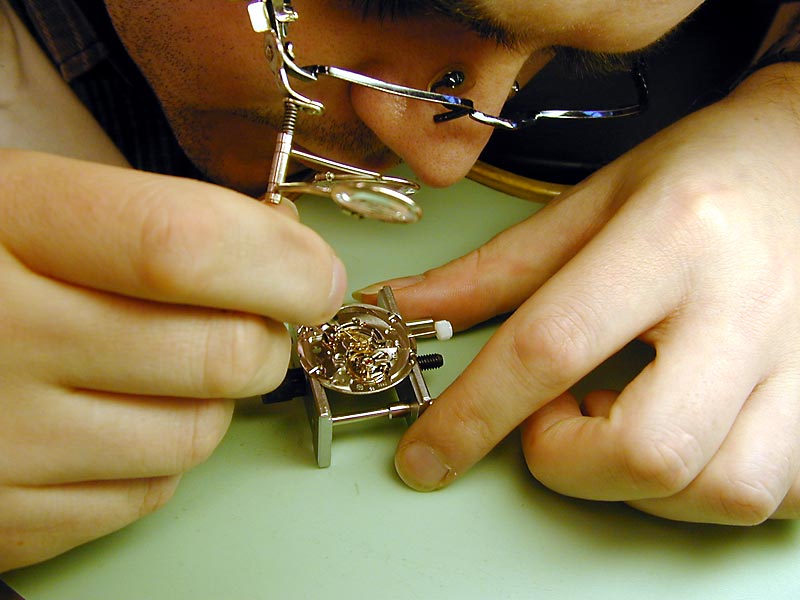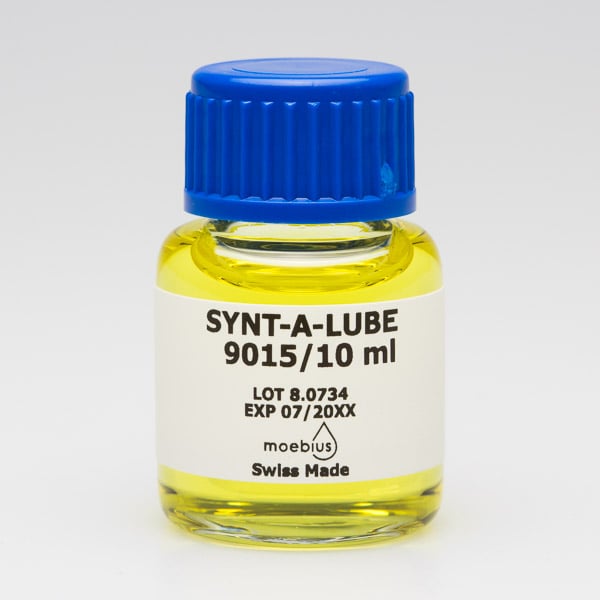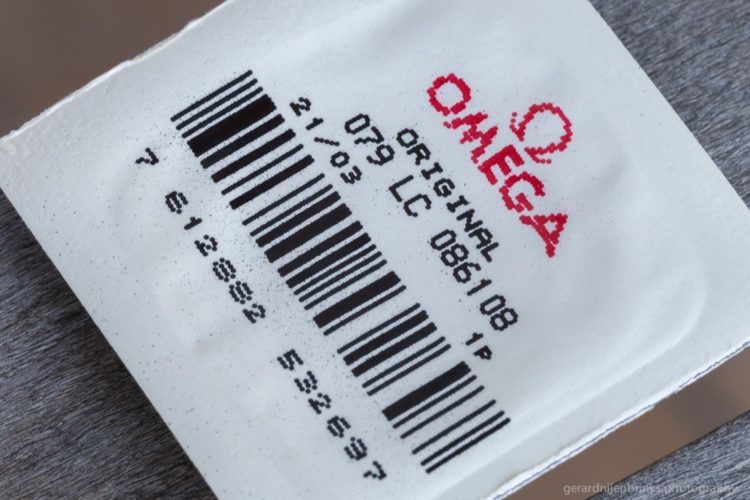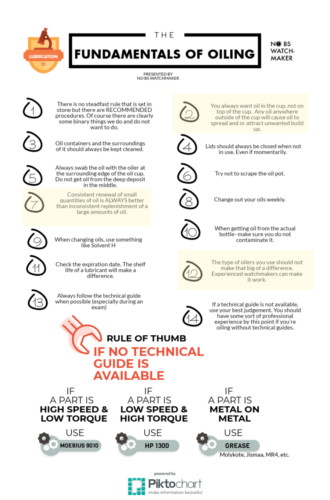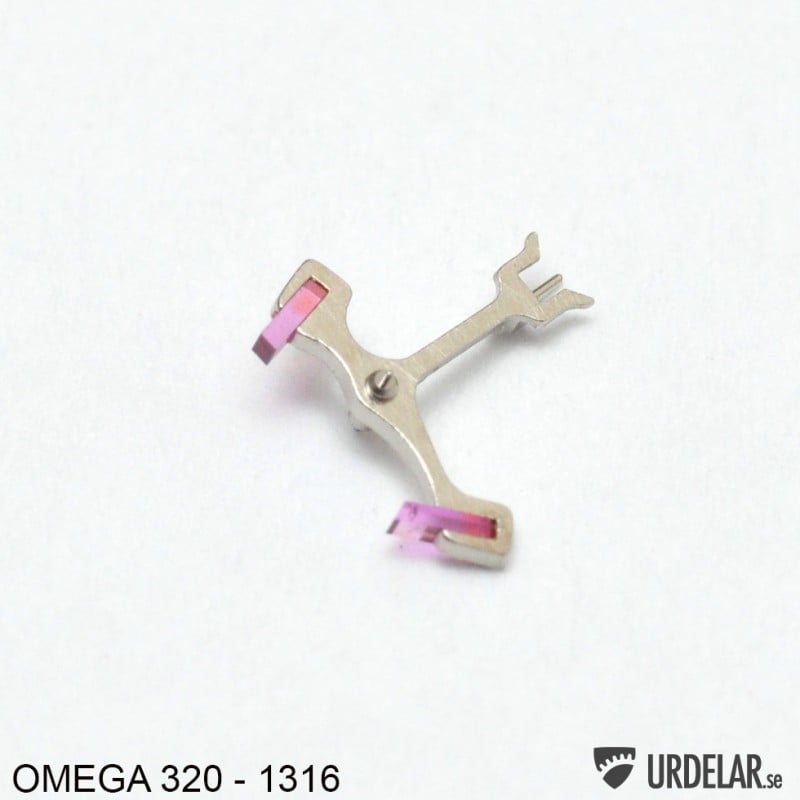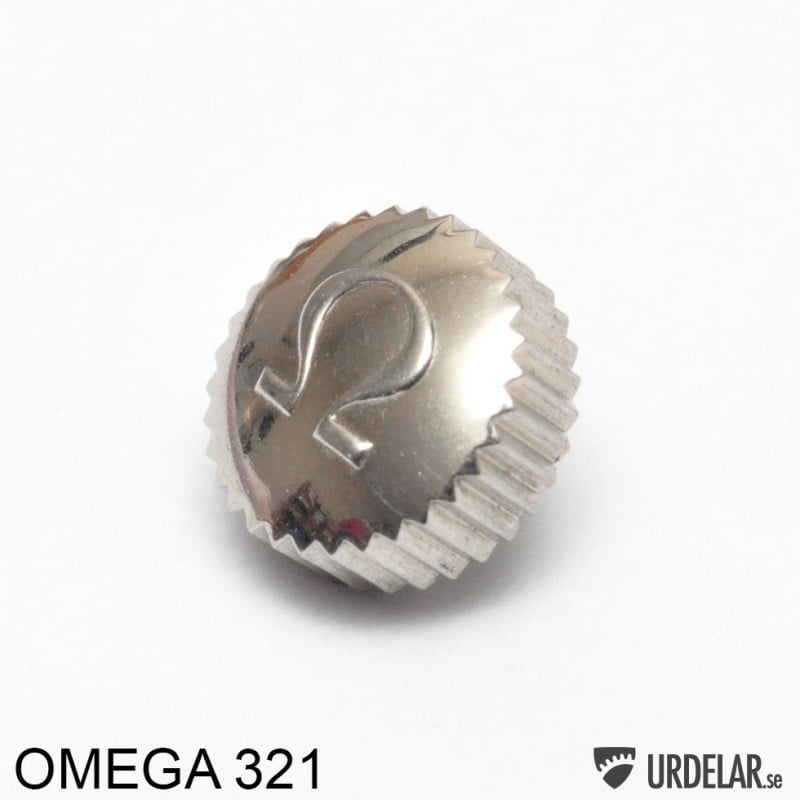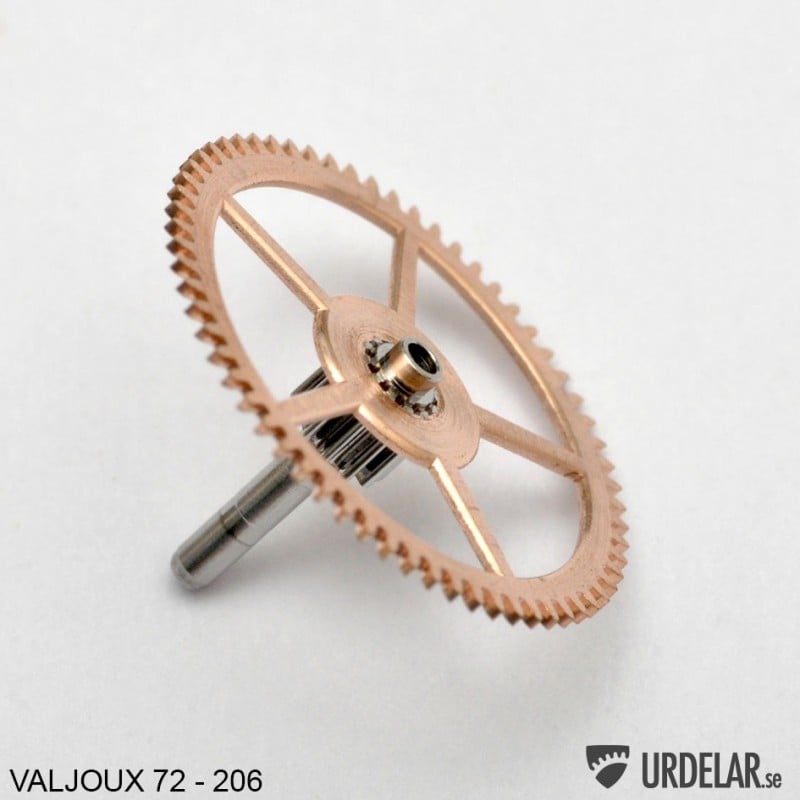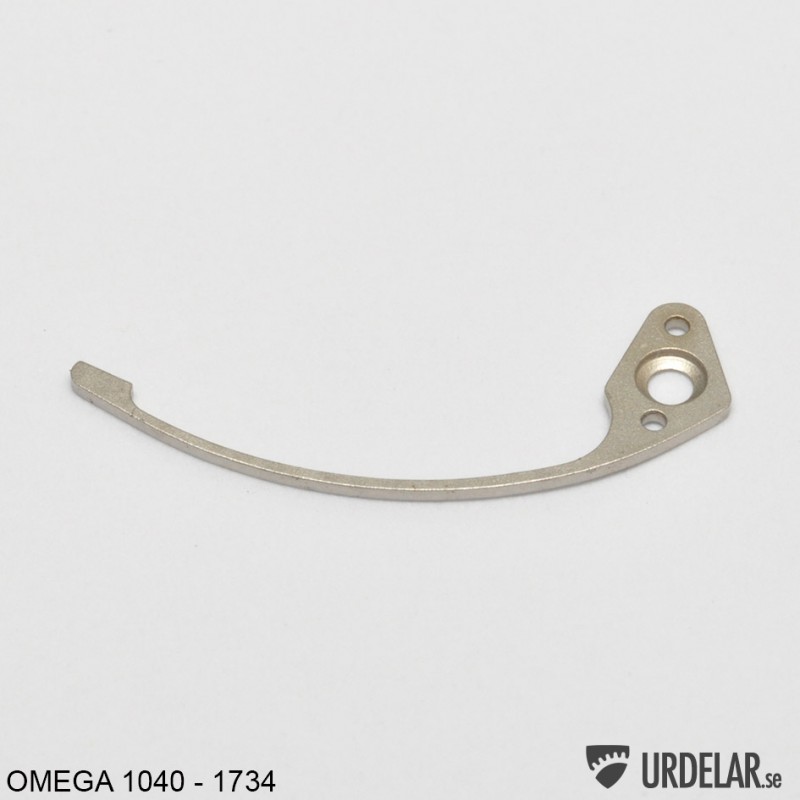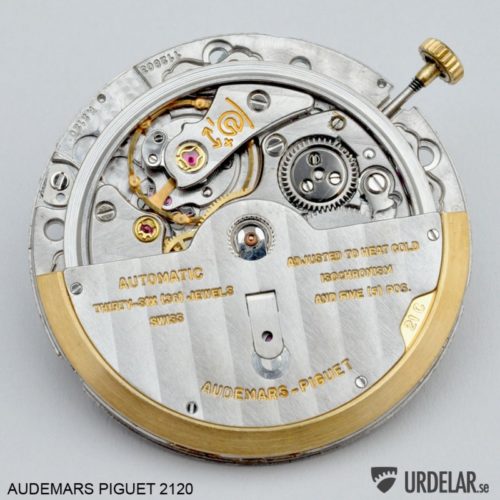You Asked Us: Vintage Watch Maintenance
Again a rather complicated issue, when should one service or overhaul vintage watches in a collection? Mark sent us the following question on vintage watch maintenance.
You Asked Us: Is vintage watch maintenance necessary?
From: Mark
Subject: Vintage watch maintenance
Message Body:
Would you recommend a maintenance schedule for vintage watches? Even if they seem to be running fine and have not been serviced for many years?
I have a small collection of watches, some of which have not been serviced for 25 years but seem to be running fine. Would you suggest “preventative maintenance” or should I adhere to the philosophy – “If it works, don’t fix it”?
A clear question, however, not an easy one to answer.
Why service a watch in the first place?
This question, for a great deal, will determine the answer to Mark’s question. If a watch stops working it’s quite obvious why a service or repair is needed. However, why service a fully operational watch? The answer is not too difficult. Just like your car, a watch has lubricated gears, bearings, and the lot. If lubricants wear out, the damage will be done to those parts relying on lubrication.
As with your a car, you don’t want to wait for this to happen. Once real damage is done the repair is more difficult and more expensive to carry out. Therefore, for a car and for a mechanical watch as well, there’s a maintenance schedule.
More scientifically, here’s why and how a watch should be serviced, as explained by The British Horological Institute.
“The purpose of lubricating a watch or clock is to minimize friction between points of contact. To be effective the working surfaces of the clock movement need to be thoroughly clean before oiling to prevent spreading and early deterioration of the lubricant. The type of oil is important, as is the quantity of oil applied; too much oil will overflow and cause it to be drawn away from the bearing surface. Oil in the wrong place, such as wheel teeth, will retain dust and accelerate wear.”
The whole ‘Practical Lubrication of Clocks and Watches’ document (© 2007 The British Horological Institute Limited) can be found here. This, however, is mainly meant for a situation where a watch is used on a daily basis. But Mark is asking if a maintenance schedule is applicable to his collection of vintage watches as well.
Is this necessary for watches not often worn?
Watches in a vintage collection are most likely not worn on a daily basis. I mean, you can’t wear your whole collection at once, so at least there will be something like a rotation. The good thing about this is that, if the lubrication at a certain point isn’t perfect, the damage will not be as intensive as if the watch was worn daily. The damage is only done if a watch runs. If it has stopped nothing bad happens mechanically.
Over time the lubricants of a watch, being worn or not, will lose their perfect lubrication properties. Not because they wear out, but for instance because they’ll dry out. With modern synthetic lubricants, this is of much lesser concern. However, if a watch hasn’t been serviced for over 25 years, as Mark indicates, it will be a concern. But again, when the watch is only worn on a sunny Sunday every 6 months (assuming it is running indeed), not much harm in that one day will be done. Even if the lubrication of the movement isn’t perfect anymore.
A different approach
In my opinion, a vintage watch collection deserves a different approach. A very important point when servicing or repairing vintage watches is the availability of original spare parts. Of course, it is often the same parts which wear out first. The ones put under heavy strain in a movement are the first to wear out, and the parts most needed in the case of a repair or overhaul. They most probably will be the parts which first run out of stock as well.
Already now, certain important parts in for instance vintage chronographs, like the chronograph’s center wheel for a Valjoux 72 or Omega caliber 321, are meanwhile difficult to source. As a result, the parts which are available quickly rise in price. Our diva watchmaker Paul told me that, for certain hard-to-get but indispensable parts, prices up to € 300,= are being asked already.
A serious collector
When you’re a serious collector, pampering and expanding a collection of vintage watches over a longer period of time, it would be my advice to get all the vintage watches in your collection checked, serviced and overhauled when necessary, as soon as possible.
Check, or have checked, if there are any worn parts in your vintage watches. And check, if all worn parts in their movements, plus crowns, crystals, gaskets, are still available, and have them replaced. As long as these parts are available, you’re good. There will be a time in the future however that they are not. The easiest way to do this is having the watches professionally and seriously serviced by a seasoned watchmaker or at the brands themselves. Assuming they still exist. Then you’ll end up with a collection which you know is technically in an ultimate condition. And you don’t have to be afraid that any of them will break down at a moment the necessary part to repair it is not available anymore. Or then only by paying an astronomical price for it.
Personally, when adding a vintage or older pre-owned watch to my collection, I have it checked before it enters my watch box. Checking doesn’t always mean a full general overhaul, however, normally it does. It would be a pity to put a watch together again without cleaning and lubricating, once it has been dismantled. And then, no need for parts to be replaced is a bonus.
A flipper
If you’re a flipper, selling a vintage watch with the ease of buying it, you might want to act differently though. In that case, if a watch is running within its specifications and it’s operating as it should, you could be satisfied enough. As long as you’re honest about the (lack of) service history of the watch, and you’re fine to sell a watch without any warranty.
It will keep the watch’ price as low as possible, and thus often easier to sell. Depending on the complexity of a watch, a regular overhaul for a vintage watch will easily be worth a few hundred € or $. Then a new owner can decide for him- or herself to have the watch checked and serviced.
Flipper or not, personally in the case of selling a watch, I like to sell it fully serviced and with warranty. This ensures the attraction of serious buyers, not only those just looking for the lowest price. And it ensures happy buyers as well. Buying a, at least technically, perfect watch is a much nicer experience than buying one which proves to be in need of service or repair. As well, you never know what the total costs for the watch will be, the service and eventual need of parts can only be guessed in that case.

The large ruby bearings of this MB&F have a practical application in increasing longevity by accommodating larger diameter pinions and thus holding more lubricating oil.
Conclusion
So in short, a vintage watch collection probably doesn’t need a full maintenance schedule. For those vintage watches which will be hardly worn, certainly not. Even if lubricants and/or gaskets will have aged, it doesn’t do much harm to the watch in those one or two days of wearing.
The important thing is to have vintage watches in your collection technically as up-to-date as possible, with worn-out parts exchanged as soon as possible, while they’re still available.
At this point, I would like to thank our diva watchmaker Paul for his insights, and Mikael from Urdealer.se for the use of his pictures.
If you should have a question for us to answer as well, please don’t hesitate to contact us through our contact form.

